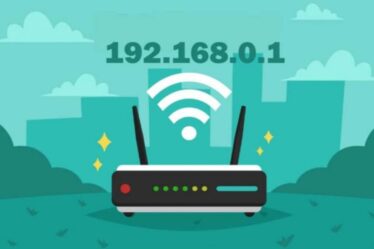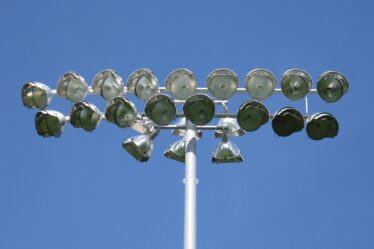
Have you been digging in your attic and found a box of old audio cassette tapes? These tapes hold many sentimental and nostalgic memories from your childhood, and you might want to keep them with you for a bit longer.
If you’re looking to preserve these valuable recordings and make them accessible on modern devices, converting your audio cassettes to digital formats is the way to go.
Here’s how you can unlock the sounds of the past with expert tips on how to digitize cassette tips.
Why Digitize Your Cassette Tapes?
Cassette tapes are a fantastic format, but they have limitations. They’re susceptible to wear and tear, the sound quality can deteriorate, and cassette players are becoming increasingly scarce. Digitizing your tapes allows you to:
- Preserve your memories: Digital files are much more durable than physical tapes. Once you convert your cassette tape to digital format, you can share it with family and friends or simply enjoy it yourself without fear of losing the quality.
- Accessibility: You can listen to your favorite mixtapes or forgotten recordings on any device—your smartphone, computer, or even a smart speaker. You no longer need to hunt for a cassette player.
- Organization: Digital files are easy to store and organize. Label your recordings with titles and track names, and create playlists for a seamless listening experience.
Two Methods to Convert Cassettes to Digital Formats
There are two main ways to convert your cassette tapes to digital files: a DIY (do-it-yourself) approach or a professional service.
The DIY Approach
This method involves purchasing an audio cassette to digital converter, which connects your cassette player to your computer via USB. These converters usually come with software that allows you to record the audio from the cassette and save it in the form of a digital file.
Some pros of this method are that it is affordable and convenient for small projects.
However, you will need a working cassette player and computer. The quality of the file will also depend on the converter and software. Converting a large collection can be time-consuming, and it may not be suitable for damaged or mouldy tapes.
Professional Cassette Tape Digitization Services
For a more convenient and high-quality experience, consider using a professional cassette tape digitization service. These services offer several advantages:
- These services use special equipment and software to ensure the highest possible audio quality.
- Advanced cleaning and restoration: They can clean moldy or damaged tapes to salvage precious recordings.
- Multiple formats: You have the option to choose from a variety of digital formats, such as MP3, WAV, or FLAC, to suit your needs.
- Track separation and labeling: These experts can separate and label individual songs for easy organization.
- Convenience: You can ship your tapes to them, and they’ll handle the entire conversion process.
Selecting the Best Digital Format
When converting audio cassettes to digital, you have several format options, including MP3, WAV, and FLAC. Each format has its benefits.
- MP3: A compressed format that balances file size and sound quality, ideal for general use and sharing.
- WAV: An uncompressed format that offers high audio quality but results in larger file sizes.
- FLAC: A lossless compression format that maintains audio quality while reducing file size.
Discussing your needs with the conversion service provider can help you choose the best format for your needs.
Tips for Preparing Your Audio Cassettes to Digital Format
Before you digitize your cassette tapes, take these steps to ensure a smooth conversion process:
- Check for Damage: Inspect each cassette for cracks, warping, or broken parts. Repair any issues before sending them for digitization.
- Test Playback: Play each cassette on a tape player to ensure it isn’t stuck or tangled.
- Remove Dust and Debris: Wipe the cassette exterior with a microfiber cloth to get rid of dust and debris.
- Clean the Tape Heads: Clean the tape heads of your cassette player with a cotton swab and isopropyl alcohol.
- Label Each Cassette: Label each cassette with the title, date, and other details to help organize your digital files.
- Create a List: Make an extensive list of all the cassettes, including specific instructions or preferences for each tape.
- Use Protective Cases: Place each cassette in a protective case to prevent damage during transit.
- Research Providers: Select a reputable digitization service provider like Smooth Photo Scanning, which is known for expertly handling audio cassettes.
- Plan for Storage: After digitization, create multiple backups of your digital files using external hard drives or cloud storage.
Bottom Line
Converting your cassettes to digital formats is valuable in preserving your nostalgic memories.
By digitizing your cassette tapes, you’re safeguarding precious memories and ensuring the future generation has the chance to enjoy them. Whether you choose the DIY route or use a professional service, the most important thing is to take action and preserve your audio treasures before it’s too late.
Following these preparation tips ensures a smooth and successful digitization process for your audio cassettes.


